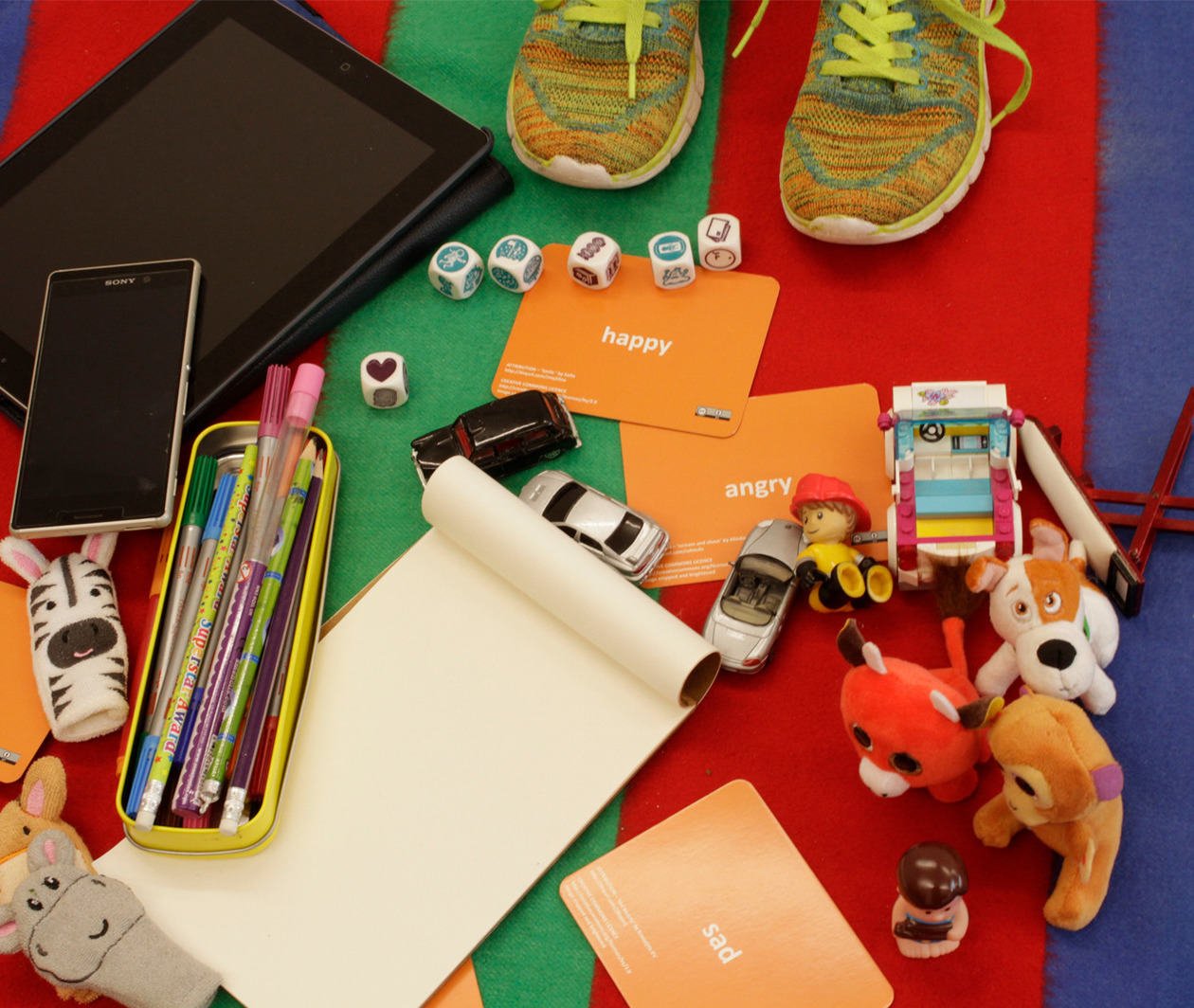Discover tools and techniques to engage effectively with vulnerable children and young people.

Duration
4 weeksWeekly study
4 hours
Communicating Effectively with Vulnerable Children and Young People
Other courses you might like
This course isn't running right now. We can email you when it starts again, or check out these other courses you might like.
Browse more in Psychology & Mental Health and Teaching
Learn child-centred communication strategies to encourage children to talk
Communicating effectively with vulnerable children and young people is not always easy. Despite practitioners and carers knowing this is an important area of their work, research shows that practice is not always as effective as it could be.
This course will enable you to improve your communication skills through techniques which place the child at the heart of the interaction. You’ll examine why a child may become vulnerable and reflect upon the barriers to communication. You’ll also explore activities from pre-verbal to adolescent stages which encourage children to share their feelings.
What topics will you cover?
- Reasons why a child or young person may become vulnerable
- Age-appropriate activities and techniques from the pre-verbal to adolescent stages
- Innovative ways of facilitating communication
- Challenges and barriers to effective communication with vulnerable children and young people
- Levels of vulnerability experienced by a child or young person, including areas of safeguarding
When would you like to start?
Date to be announced
Add to Wishlist to be emailed when new dates are announced
Learning on this course
On every step of the course you can meet other learners, share your ideas and join in with active discussions in the comments.
What will you achieve?
By the end of the course, you‘ll be able to...
- Reflect upon and develop skills in communicating with vulnerable children and young people, raising the profile of this essential area of child welfare and wellbeing
- Explore a child-centred perspective to help facilitate more effective communication with the children and young people for whom we are responsible
- Explain that improving our communication with children and young people requires consideration of specific activities and skills which facilitates this communication – it is more than just talking with them
- Discuss some helpful approaches, tools and techniques which may be appropriate for the pre-verbal child through to adolescents
- Engage with and reflect upon material from award winning child protection simulations to reflect upon how we can improve our communication with vulnerable children and young people
Who is the course for?
The course is aimed at anyone working with vulnerable children and young people. It is also suited to foster carers keen to improve their communication skills.
Who will you learn with?
Director of Studies of Advanced Child Protection/Social Work and a Senior Lecturer at the University of Kent, with an interest in developing our understanding about the lived experiences of children
I am the lead trainer with the centre for child protection at the University of Kent.
I am co--facilitating the course 'Effective communication with vulnerable children.' with Vanisha Jassal
I lecture on the MA Advanced Child Protection programme at the University of Kent, UK. Qualified in Law and Social Work, I am passionate about promoting effective child protection policy and practice.
Learning on FutureLearn
Your learning, your rules
- Courses are split into weeks, activities, and steps to help you keep track of your learning
- Learn through a mix of bite-sized videos, long- and short-form articles, audio, and practical activities
- Stay motivated by using the Progress page to keep track of your step completion and assessment scores
Join a global classroom
- Experience the power of social learning, and get inspired by an international network of learners
- Share ideas with your peers and course educators on every step of the course
- Join the conversation by reading, @ing, liking, bookmarking, and replying to comments from others
Map your progress
- As you work through the course, use notifications and the Progress page to guide your learning
- Whenever you’re ready, mark each step as complete, you’re in control
- Complete 90% of course steps and all of the assessments to earn your certificate
Want to know more about learning on FutureLearn? Using FutureLearn
Learner reviews
Learner reviews cannot be loaded due to your cookie settings. Please and refresh the page to view this content.
Do you know someone who'd love this course? Tell them about it...
You can use the hashtag #FLchildcommCCP to talk about this course on social media.
